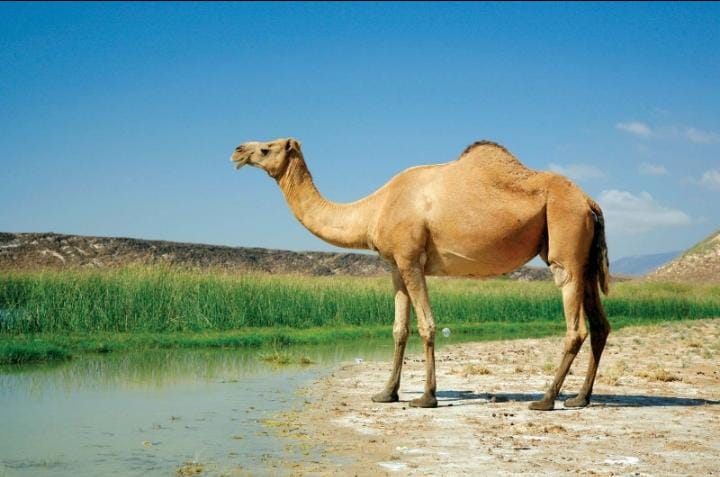Camels, often referred to as the “ships of the desert,” are fascinating creatures that have captivated human imagination for centuries. With their iconic humps and remarkable adaptations, these animals are perfectly designed to thrive in some of the harshest environments on Earth.
Found primarily in the arid regions of North Africa and the Middle East, camels have played a crucial role in human history, serving as vital companions for nomadic tribes and traders. Their unique physiology and behavior not only make them exceptional survivors but also highlight their importance in the ecosystems they inhabit.
One of the most striking features of camels is their humps, which serve as reservoirs of fat rather than water. This adaptation allows camels to survive for long periods without food or water, making them perfectly suited for life in the desert.
When food is scarce, camels can metabolize the fat stored in their humps, converting it into energy. This remarkable ability enables them to endure extreme conditions, where temperatures can soar during the day and plummet at night.
Furthermore, camels possess specialized physiological traits that contribute to their survival. Their bodies can tolerate temperature fluctuations, allowing them to withstand heat without sweating excessively. When they do sweat, they can lose only a small percentage of their body weight, conserving vital fluids.
Additionally, camels have a unique circulatory system that helps them maintain hydration, even in the driest of environments. Their red blood cells are oval-shaped, allowing for efficient oxygen transport and reducing the risk of dehydration.
One of the most impressive aspects of camels is their ability to go without water for extended periods. Under normal conditions, a camel can survive for up to two weeks without drinking, depending on the temperature and activity level.
When they do find water, they can consume large quantities—up to 30 gallons in a single sitting—replenishing their reserves in a matter of minutes.
This incredible adaptation allows camels to traverse vast stretches of desert where water sources are scarce.
Camels also have a unique way of conserving water during the digestion process.
Their bodies are designed to extract moisture from the food they consume, and they can even tolerate a loss of up to 25% of their body weight due to dehydration, a feat that would be fatal for most other animals. This remarkable resilience makes them indispensable to the people and ecosystems of arid regions.
Throughout history, camels have been integral to the livelihoods of many cultures, particularly in desert-dwelling communities. They have been used as pack animals, transporting goods across trade routes for centuries.
The famous Silk Road, which connected the East and West, relied heavily on camels to facilitate trade and cultural exchange. Their strength and endurance make them ideal for carrying heavy loads over long distances, and they have become symbols of endurance and resilience.
In addition to their role as transport animals, camels provide essential resources for human communities.
Camel milk is highly nutritious and has been a staple food for many nomadic tribes. It is rich in vitamins, minerals, and antibodies, making it a valuable source of sustenance.
Moreover, camel meat is consumed in various cultures, and their wool is used to create textiles and clothing, showcasing the diverse benefits these animals offer.
Camels are truly remarkable animals that exemplify the wonders of adaptation and survival in extreme environments. Their unique physiological traits, exceptional hydration abilities, and cultural significance highlight their importance not only in the ecosystems they inhabit but also in the lives of the people who depend on them.
As we continue to explore the complexities of our natural world, camels remind us of the resilience of life and the intricate relationships between humans and animals.
Whether traversing the vast deserts or serving as vital resources for communities, camels remain an enduring symbol of endurance and adaptability in the face of adversity.

